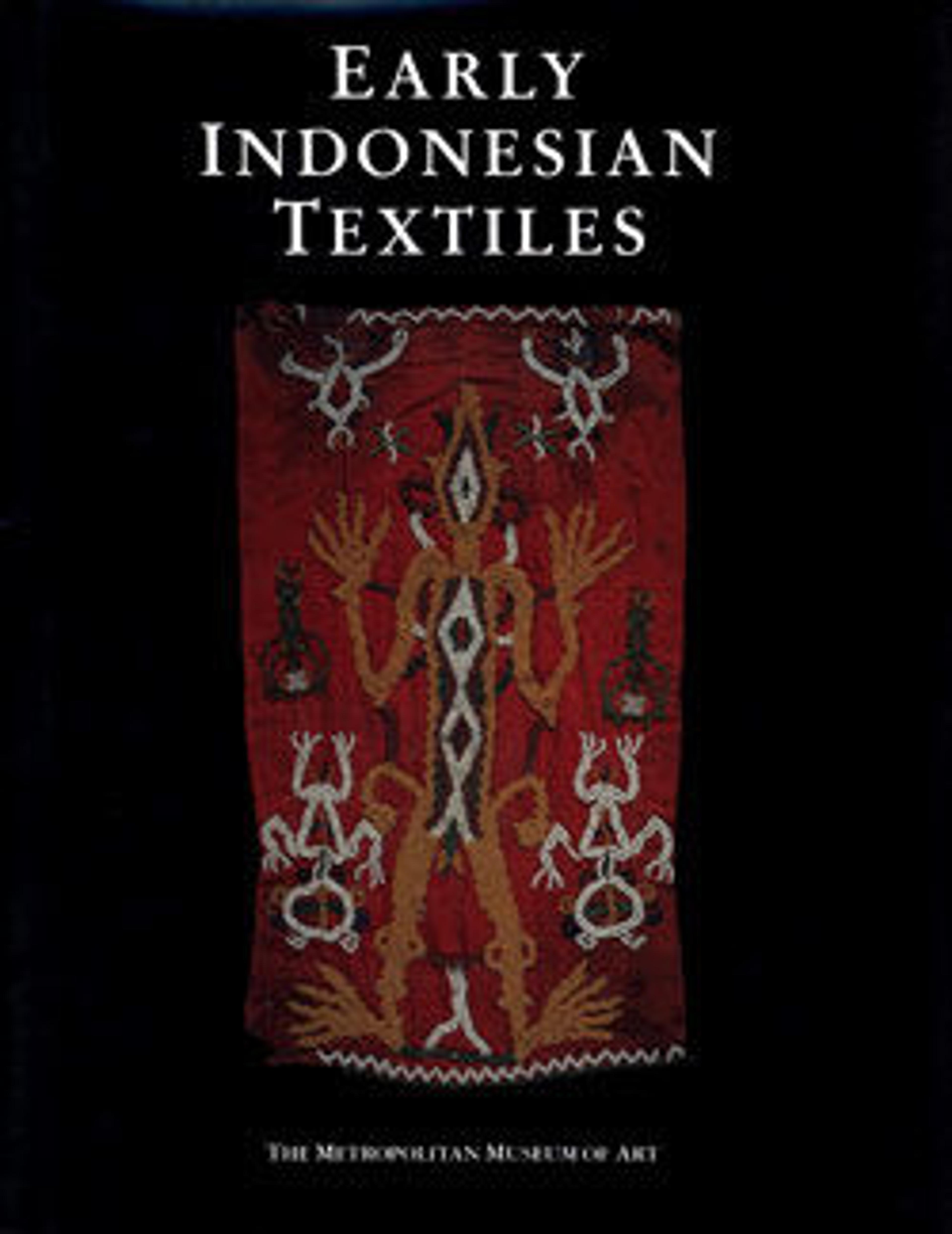
Early Indonesian Textiles from Three Island Cultures
Textiles have for centuries served a crucial role in Indonesia. Far beyond their customary utilitarian function, they have been used in symbolic and sacred contexts and also as emblems of wealth and status.
The hub of trading systems, ancient Indonesia was a pathway for religious and artistic influences, dispersing exotic patterns and forms from many cultures throughout its myriad island populations. Images deeply embedded in ancient traditions combined with designs from other Asian civilizations to create a rich iconographic tradition that celebrates a cosmology founded on revered ancestors and supernatural presences.
Using nineteenth- and early twentieth-century textiles as the vehicle to explore the central issue of iconographic origins, art historians Robert J. Holmgren and Anita E. Spertus have examined the many-layered complexities of Indonesian pattern and form. Through forty-five textiles and related objects selected from their collection, they trace the history and culture of three very distinctive island cultures, each with a radically different approach to design.
The imagery of Sumba, an isolated tribal society, is forceful, and often violent and sexually explicit. Toraja, a transitional culture in which an animist vision has been fertilized by external influences, produced rhythmic, exuberant patterns that bring to mind the dynamism of modern abstract painting. And from Lampung, a sophisticated pre-colonial court culture, emerged masterpieces of naturalistic description and complex figural iconography.
Each work has been specially photographed in color for this volume and is discussed in terms of its function, iconography, and significance within the culture. Also included are maps, a glossary, and a bibliography.
Met Art in Publication
Citation
Holmgren, Robert J., and Anita E. Spertus. 1989. Early Indonesian Textiles from Three Island Cultures: Sumba, Toraja, Lampung [Published in Conjonction with the Exhibition at the Metropolitan Museum of Art, New York, February 14-May 14, 1989 and at the Textile Museum, Washington, June 17-August 6, 1989]. New York: Metropolitan museum of art.